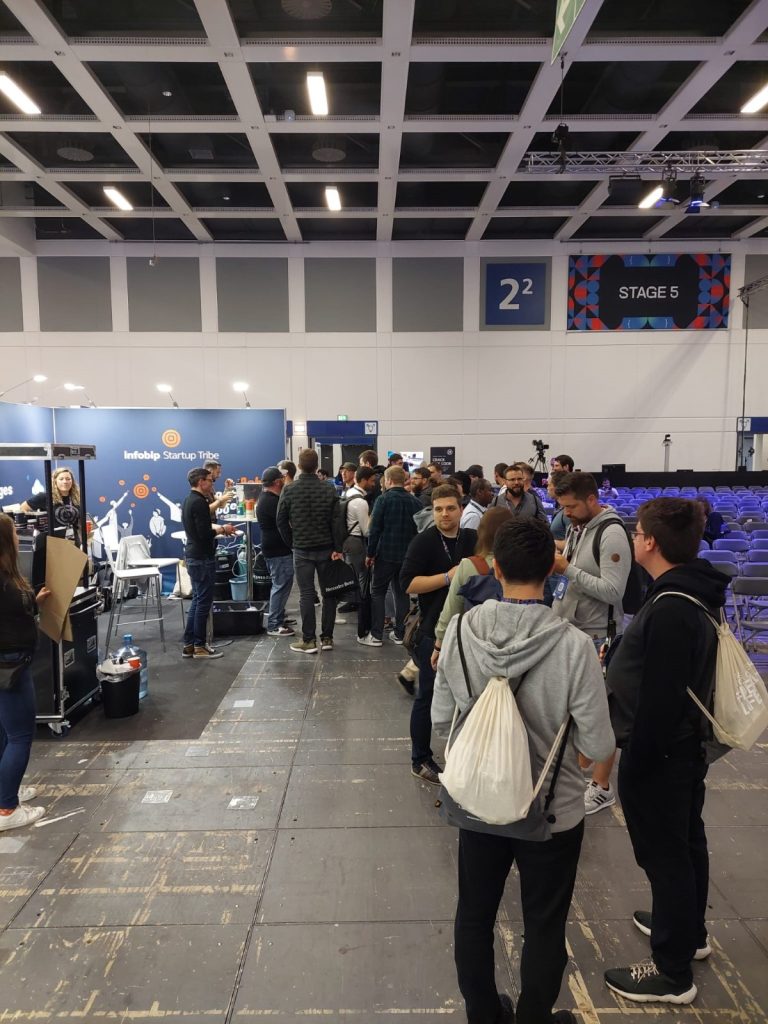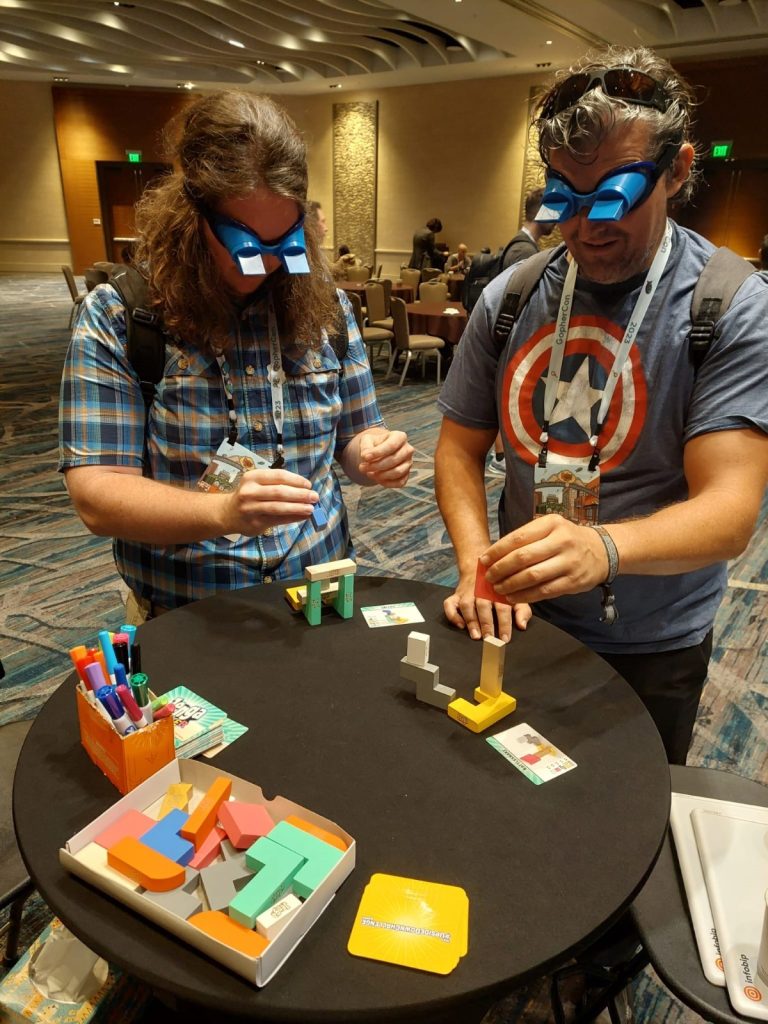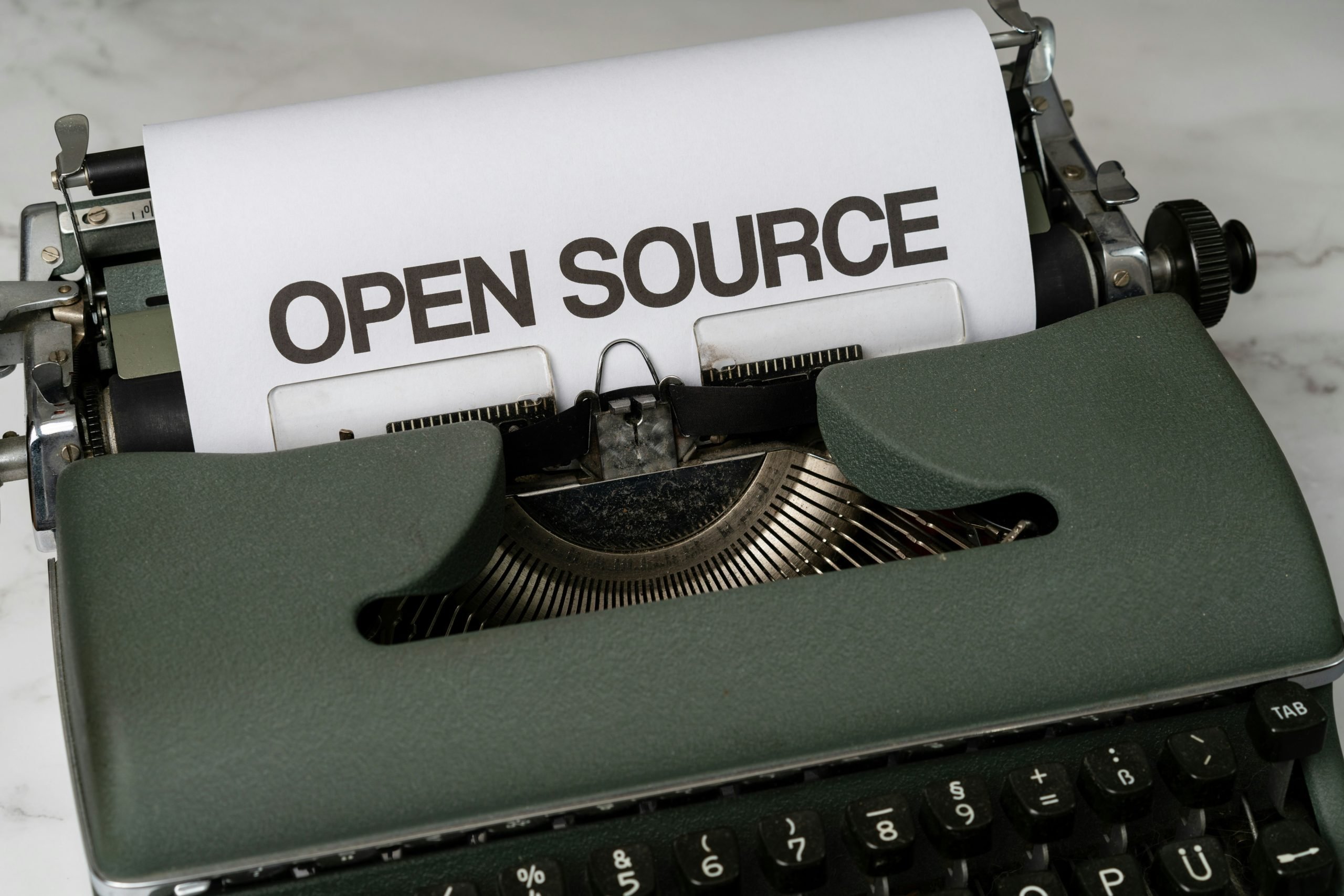
Tech conferences are an important part of every company’s practice. Not only does the company get a chance to represent itself and its technology, but it also gets to interact with developers – an essential audience that can be their users, clients, or future employees.
All of this can be encompassed with a good booth representation. A well-prepared conference booth and personnel contribute to the developer community’s knowledge dissemination and technology adoption.
One of the ways you can efficiently prepare yourself for a good conference experience is by assembling a conference brief.
My last blog post mentioned some key elements of a good brief. Today, I will go into more detail on how to write an informative brief which will serve as an information center for all the people joining you at the booth.
So – what exactly is a conference brief?
A conference (booth) brief is a set of guidelines that outlines the key details, goals, and strategies for a company or team participating in a conference. It serves as a roadmap for everyone involved in the conference booth, providing clear instructions on presenting the company, engaging with attendees, and achieving specific objectives.

Conferences can be very loud, crowded and confusing, whether big or small. And without a well-organized booth (staff), things can fall apart quickly.
Having a document that entails clear messaging, defined goals, role assignments etc., enables you to make the most of a conference, especially if you’re accompanied by people less familiar with booth and conference etiquette.
Writing a conference brief that works for you
Of course, every conference brief is a bit different because you must consider different factors. First and foremost, the people who will be joining you – do they know enough about the company? What technology and product are you talking about? Do they know how to start a conversation with someone approaching the booth? Do they know enough about booth etiquette? Are they familiar with the conference you’re going to? And so on.
That will, in turn, determine how detailed your conference brief needs to be and what kind of information you need to include.
In the following paragraphs, I will provide a general frame for a thorough conference brief that you can use to inform and educate your booth staff.
What should go in a conference brief?
The main premise you want to start with is to educate your booth staff. You want them to know about general booth etiquette: starting conversations with booth visitors, leads collection, privacy notices, eating and drinking around the booth, etc. Offer them the knowledge and tools, so they know how to comport themselves in developer-focused events.
If you are travelling with a big team and the team is flying in from different locations, consider having access to travel schedules, flight times, and different accommodation locations. That way, the team knows where to find someone they need and when to expect them.
Next, you want to put in the basic information regarding the event you’re visiting, such as location, short description, website link, registration link, badge pickup times, link to conference schedule and list of important time slots. Important time slots include any part of the day that you could expect a bigger influx of people, i.e. lecture breaks, lunch breaks, opening and closing ceremonies, special events, and after-parties at the conference venue.
When looking at the conference schedule, create a social events schedule as well. This includes all the pre-and after-parties, any other networking events happening in partnership with the conference organizers or alongside the conference, and meetups happening while you’re in the city and gathering the same community you want to reach. This might seem like a lot to handle, so plan according to your team‘s size, and if possible, split your team up and send smaller groups or individuals to different networking events.

And we’re not done with the schedules yet! Another good thing to add is any logistics timings you might have. That includes venue openings and closings (for booth handlers and sponsors) and the planned timeframe for monitoring the booth set-up or setting it up for yourself. If you have any shipments arriving (merch, activation prizes, booth games, etc.), note down the expected delivery and, if possible, paste the tracking links into the brief to have easier access to them.

Next comes writing up the purpose of attending or sponsoring this event. Although this is something you know because of your overall event strategy, it is helpful to share it with your booth team to have a clearer picture of your work scope. What do you want to achieve (specific numbers if you have them)? Who do you want to talk to? If you have it, share the pitch deck or talking points you usually use when presenting your company. Anyone working with you for the first time will get a better hang of things if they have the basic theory down, and any of your teammates can always use a brush-up on their knowledge if they choose to do so.

It is also important to describe any booth activations you might have – a call to action for visitors, games, tech demos, giveaways and anything else you might have going on around your booth in the forthcoming conference days. Be as detailed as you deem appropriate; adding clear examples and links to pictures or videos always helps.

One final thing that might surprise some of you is that it’s sometimes helpful to mention the dress code for a standard (or non-standard) booth duty job. If you’re joined by people without much experience or if you have something planned outside your standard uniform, please mention the clothing articles that would be prudent for them to dress in.
Use your senior booth personnel
Work seniority implies that the person has been doing their job for a while and thus gathered valubale experience. If you have a senior or experienced conference attendee or, better yet, a member of your DevRel team, ask them to contribute to your brief with their insights and suggestions. That could mean anything from:
- who you can expect at a certain event,
- the turnaround of people,
- FAQs and their A’s that appear often when doing booth duty or when visiting that conference,
- and specific insights that can come in handy when planning your booth’s appearance.
How to implement your brief
Send the finished brief at least a week before you travel to the conference. It gives people enough time to read thoroughly and be secure in their performance. It also gives them the time to ask you additional questions if they have any.
Organize a video call with your booth volunteers if you see the need. Go through the brief with them and answer their questions or concerns.

The main thing is that your volunteers arrive at the booth confident enough to represent the company they’re working for.
TL; DR
To conclude, a well-prepared conference booth is an important factor in a successful engagement at tech conferences.
The key to maximizing the impact of your conference presence lies in good preparation, including the conference brief. This document offers a roadmap for your booth staff to effectively present your company, engage with attendees, and achieve specific goals.
To create a conference brief that works for you, tailor it to your team’s needs. Consider the level of knowledge your staff has about your company, technology, and the event itself. By incorporating key elements such as event schedules, purpose, booth activations, and dress code, your conference brief becomes a comprehensive tool for educating and empowering your booth staff. Clarity is key, and providing examples or links to visuals can enhance understanding.
Utilize the experience of senior booth personnel to enrich your brief with insights and suggestions. Send the finished brief well in advance, allowing your team to familiarize themselves and seek clarification if needed.
Your conference brief ensures everyone is on the same page, confident, and ready to represent your company effectively. A well-crafted conference brief is essential for a seamless and successful conference experience.
